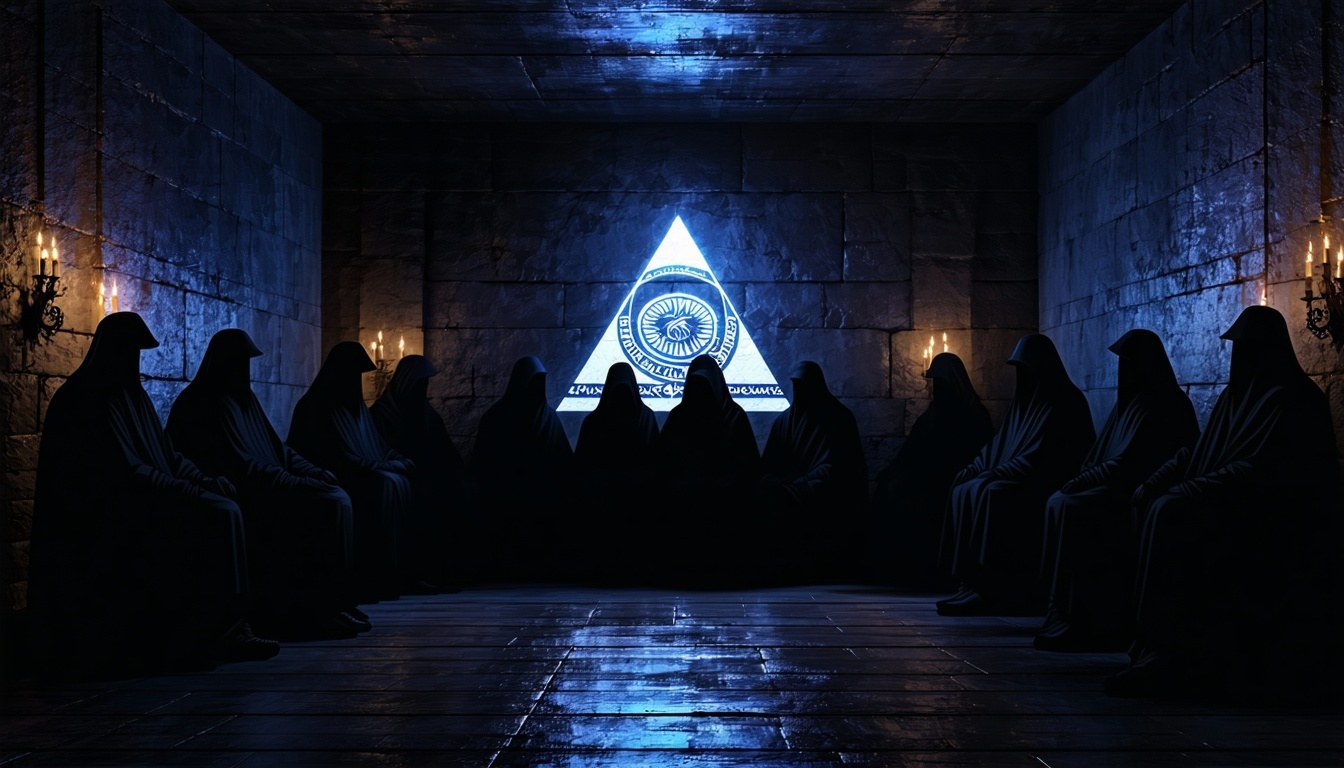Unveiling the Shadows: Explore the pivotal role Adam Weishaupt played in founding the enigmatic...
Secrecy and Confidentiality in the Illuminati: A Modern Perspective

Unveiling the layers of secrecy and confidentiality within the Illuminati process: a journey into the unknown.
The Historical Roots of Illuminati Secrecy
The origins of the Illuminati trace back to the late 18th century, where secrecy was not merely a strategy but a necessity. The organization, founded by Adam Weishaupt in 1776, operated in an era of political and religious turmoil. To navigate these turbulent waters, the Illuminati adopted clandestine methods to ensure the safety and anonymity of its members.
This historical context established a tradition of confidentiality that continues to this day. The early Illuminati utilized coded messages, secret symbols, and covert meetings to protect their identities and objectives. These practices were essential to safeguard their revolutionary ideas against the prevailing powers of the time.
Why Confidentiality is Paramount in the Illuminati
Confidentiality is the cornerstone of the Illuminati's operational ethos. This is not just about protecting secrets for the sake of privacy but ensuring the safety and integrity of its members. Within the Illuminati, confidentiality serves multiple purposes: it shields members from external threats, preserves the sanctity of esoteric knowledge, and maintains the organization's influence and power.
In a world where information can be a powerful weapon, keeping the inner workings of the Illuminati hidden is crucial. The organization’s influence across various sectors—politics, finance, media—demands a level of secrecy that prevents external entities from undermining their strategic initiatives.
Modern Practices: How Secrecy is Maintained
In the digital age, maintaining secrecy has become increasingly challenging, yet the Illuminati has adapted by implementing advanced security protocols. Encryption, secure communication channels, and rigorous vetting processes are just some of the measures in place to ensure confidentiality.
Members are required to adhere to strict non-disclosure agreements, and participation in events and meetings is tightly controlled. The use of pseudonyms and encrypted digital identities further protect members’ real identities, ensuring that their involvement remains confidential.
Impact of Secrecy on Public Perception
The Illuminati’s commitment to secrecy has inevitably shaped public perception, often leading to speculation and conspiracy theories. While this aura of mystery adds to the organization's allure, it also fuels misunderstandings and unfounded accusations.
Despite the negative connotations, the secrecy surrounding the Illuminati has helped maintain its enigmatic reputation, attracting individuals who value discretion and exclusivity. The balance between public interest and confidentiality is a delicate one, but it is a key aspect of the organization’s enduring mystique.
Balancing Transparency and Secrecy in a Digital Age
In an era dominated by information sharing and social media, the Illuminati faces the challenge of balancing transparency with its foundational principle of secrecy. To address this, the organization selectively reveals certain aspects of its operations and philosophy through controlled channels, while keeping core activities and member identities confidential.
This strategic transparency helps demystify certain elements of the Illuminati, providing a glimpse into its values and objectives without compromising its essential secrecy. By doing so, the organization can engage with the public and dispel myths, all while preserving the confidentiality that is crucial to its operations.
.png?width=100&height=100&name=Illuminati%20Prime%20Society%20Logo%20(1).png)
%20(1).jpg?height=200&name=Portrait%20of%20Adam%20Weishaupt%2c%20founder%20of%20the%20Illuminati%2c%20with%20an%20overlay%20of%20Illuminati%20symbols%20and%20historical%20documents%2c%20representing%20his%20pivotal%20role%20in%20the%20secret%20societys%20early%20development.%20(1)%20(1).jpg)

.jpg?height=200&name=Illuminati%20Prime%20Society%20Membership%20Medallion%20Package%20(1).jpg)